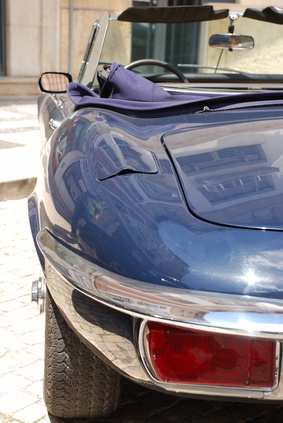
The Turbo-Hydramatic 400 (aka TH400) is one of the most popular automatic transmissions of all time, especially among hot-rodders and drag racers. Before the TH400, most automatic transmissions were weak, slow-shifting conveniences that underperformed in terms of both acceleration and fuel economy. GM's TH400 and TH350 changed the automatic game so completely that now manual-transmission drivers are the ones struggling to compete. There's no magic to rebuilding an automatic like the TH400. All you need is a good reference book, a few somewhat specialized tools and an eye for detail and organization.
While you have the transmission apart, consider installing an extra friction disc/clutch into each one of the clutch pack assemblies. This is one of the oldest tricks in the TH400 book and will improve torque capacity, decrease shift times and decrease transmission fluid heat through reduced slippage. These extra clutches will add only a few dollars to the rebuild cost and are well worth the investment. This is especially important in the direct-drive clutch pack; you should be able to fit six clutches into the pack. But make sure you have at least 0.006 inch of end-play in the clutch pack before installing it.
The TH400's second-gear drum band is what allows the transmission to transmit reverse load, which is to say engine-braking. Engine braking is very handy if you do a lot of towing or off-roading and can literally save your life by saving the brakes on long downhill sections. If you plan to do a lot of towing or off-roading, consider installing an upgraded second-gear drum band to ensure that the transmission doesn't slip while decelerating. Get one with welded ends that won't fail under load.
The valve body is the hydraulic brain of your transmission. Over time, the valve body can twist and warp, causing minute leaks between the hydraulic channels. These leaks will lead to poor shifting, weak clutch engagement, reduced transmission life and generally weird behavior. Before installing the valve body, flatten the mating surface with a piece of 180-grit sandpaper wrapped around a perfectly straight section of square tubing or wood. Use a metal straight-edge and a set of feeler gauges to ensure the valve body mating surface is perfectly flat and give it a thorough cleaning before installation.
Don't forget to replace the filter screen on the governor. This little filter is easy to miss, and neglecting to replace it can lead to erratic shifting and a broken transmission.
Like the clutch packs, this is one of those things you should do just because you can. A shift kit comes with all the things needed to "reprogram" the valve body to send extra pressure to the clutch packs and to modify the shift firmness and shift points. Many shift kits come with a variety of instructions that will allow you to increase pressure for more positive shifting, less heat and increased clutch life while tailoring shift speed and firmness for the application. Shift kits generally come with one set of part/instructions for "RV/Towing," another set for firmer-shifting "Performance" use and a hard-core "Race" set that's sure to chirp your tires and spill your coffee.